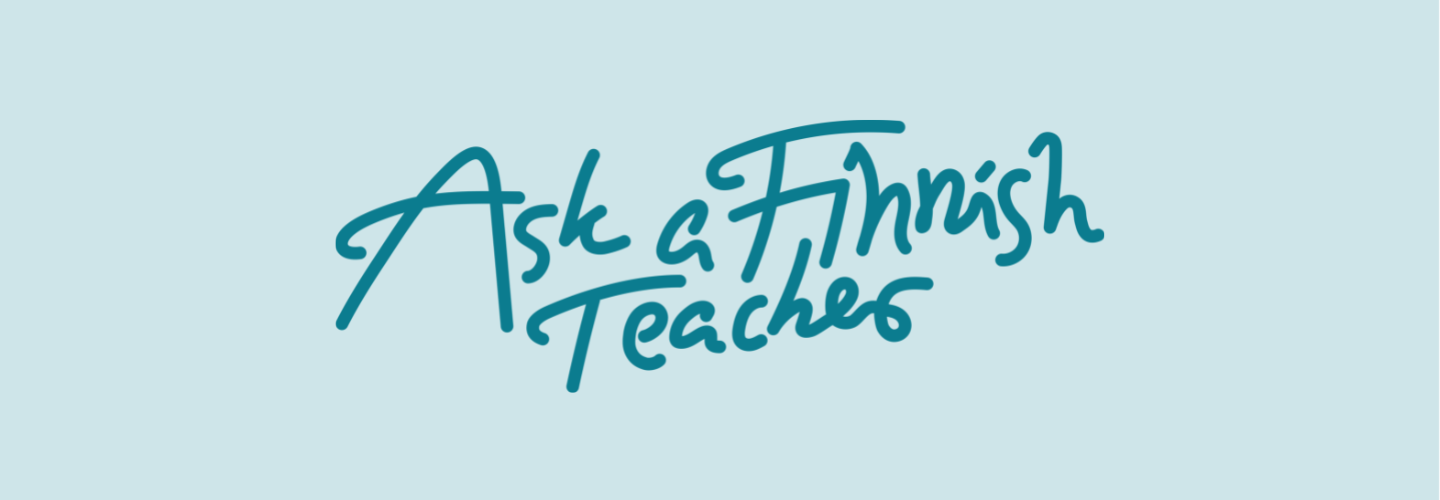|
A student asks: Which forms should I learn when I’m learning Finnish words? In my last post, we talked about how to find out what different forms any given Finnish word has. But when someone is speaking to you in Finnish right here and now, you obviously don’t have the luxury of using an online tool to figure out what words they’re using – the forms already need to be in your head so that you can understand what they’re saying. So which forms should you be learning by heart when you’re studying Finnish vocabulary? For nouns, the maximum number of different stems is four, and you can learn all of them by learning the following forms of any given word: Vesi ‘water’
Luckily, a whole lot of Finnish words just have one stem: you stick all the case endings at the end of the nominative and you’re good to go.
The difference between the genitive and essive is a regular phonological change called consonant gradation or kpt change. If we go back to water, veden has the weak version of the stem and vetenä has a strong version with a t instead of the weak d. I’m personally quite bad at consciously applying grammar rules as I speak, so my strategy is rather to learn the different stems by heart, but it might be easier for you to think of it as three possible versions of a word:
If you’re just starting to study Finnish, all this can seem daunting. If you have any perfectionist tendencies at all, you might feel like there’s a ton to learn before you can even string two words together. This is not true: you don’t need to know all the forms perfectly to understand and to make yourself understood. Mistakes are an unavoidable part of the journey when you’re learning any language, and with a language with like Finnish with lots of different word forms (in linguistic terms, languages with a rich morphology), they’re something to be learned little by little as you go, not something to be mastered completely here and now before you can progress to really expressing yourself. When in doubt, just stick the case ending on the perusmuoto and see what happens. It’s very likely to be the right form. It also might not be, but nothing dangerous is going to happen if it’s not. As you keep going and adding to your Finnish skills, you’ll start finding the right form more and more often. Hyvää uutta vuotta!
good-partitive new-partitive year-partitive = Happy New Year! (or, literally, good new year) |
Archives
June 2024
|
Ask a Finnish Teacher / Toiminimi Mari NikonenBUSINESS ID (Y-Tunnus) 2930787-4 VAT NUMBER FI29307874 Kaupintie 11 B 00440 Helsinki If you'd like to send me something in the mail, please email me for my postal address. [email protected] +358 40 554 29 55 Tietosuojaseloste - Privacy policy |
© COPYRIGHT 2015-2022 Mari nikonen. ALL RIGHTS RESERVED.


 RSS Feed
RSS Feed